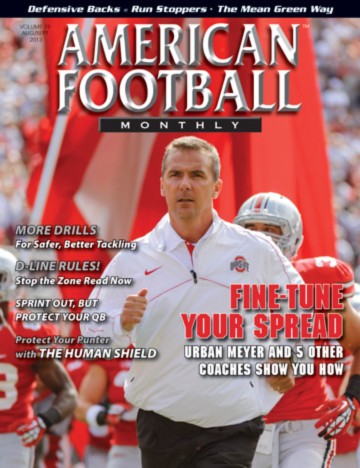Article CategoriesAFM Magazine
|
Strength Report: In-Season Training: Improve Performance, reduce Injuriesby: Dan EasonHead Strength and Conditioning Coach, Stephen F. Austin State University © More from this issue The in-season training program is critical to the success of our athletes. Programs should be designed to enhance and not just maintain their level of physical preparation. Lowering expectations during the in-season to maintain rather than improve strength will eventually lead to a decrease in performance and increase the risk of injury. To maximize the strength, health, mobility, and overall fitness of your athletes, is manage the distribution of the volume and loading. Within this plan, careful consideration of injury-prone areas and the demands placed on the athletes during practices and games will play a role in the type of exercises, intensity, and volume used to stimulate positive recovery and growth. Our primary focus is on maximal strength with an emphasis on ground-based explosive movements to load the musculature an....The full article can only be seen by subscribers.
|
|
|||||||
| HOME |
MAGAZINE |
SUBSCRIBE | ONLINE COLUMNISTS | COACHING VIDEOS |
Copyright 2025, AmericanFootballMonthly.com
All Rights Reserved





